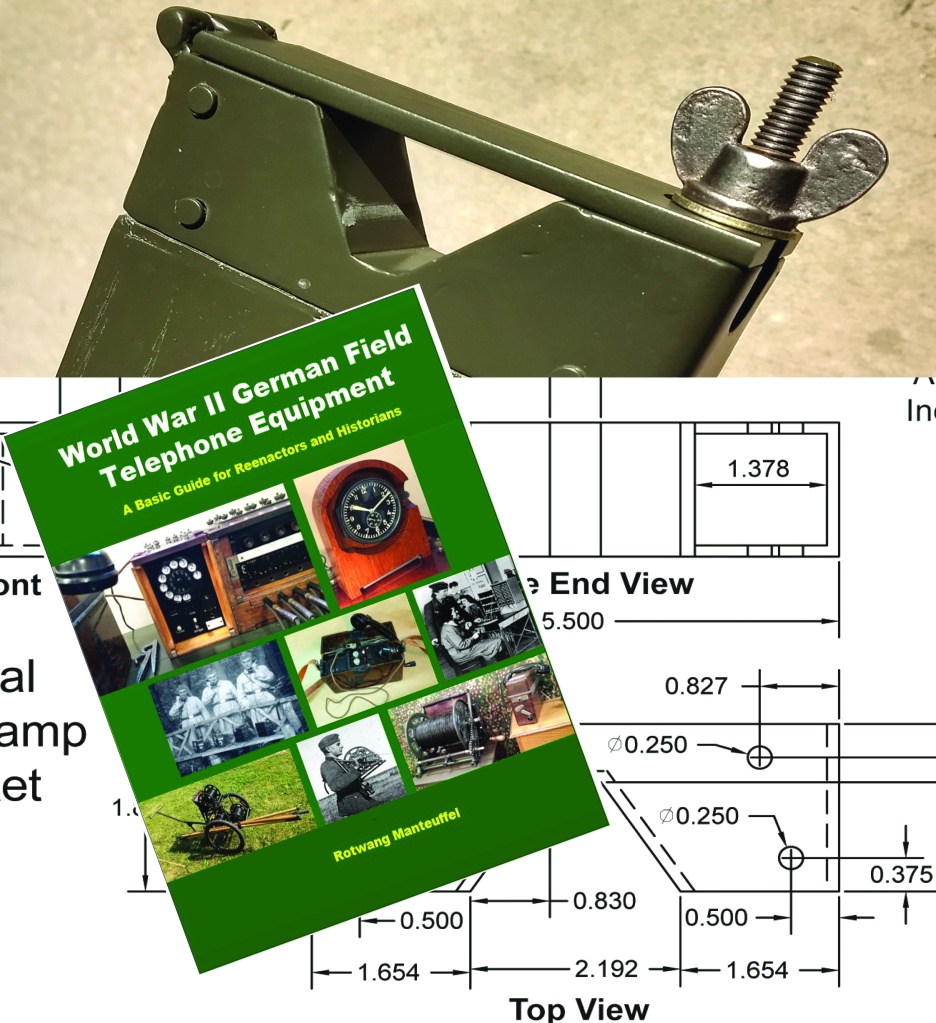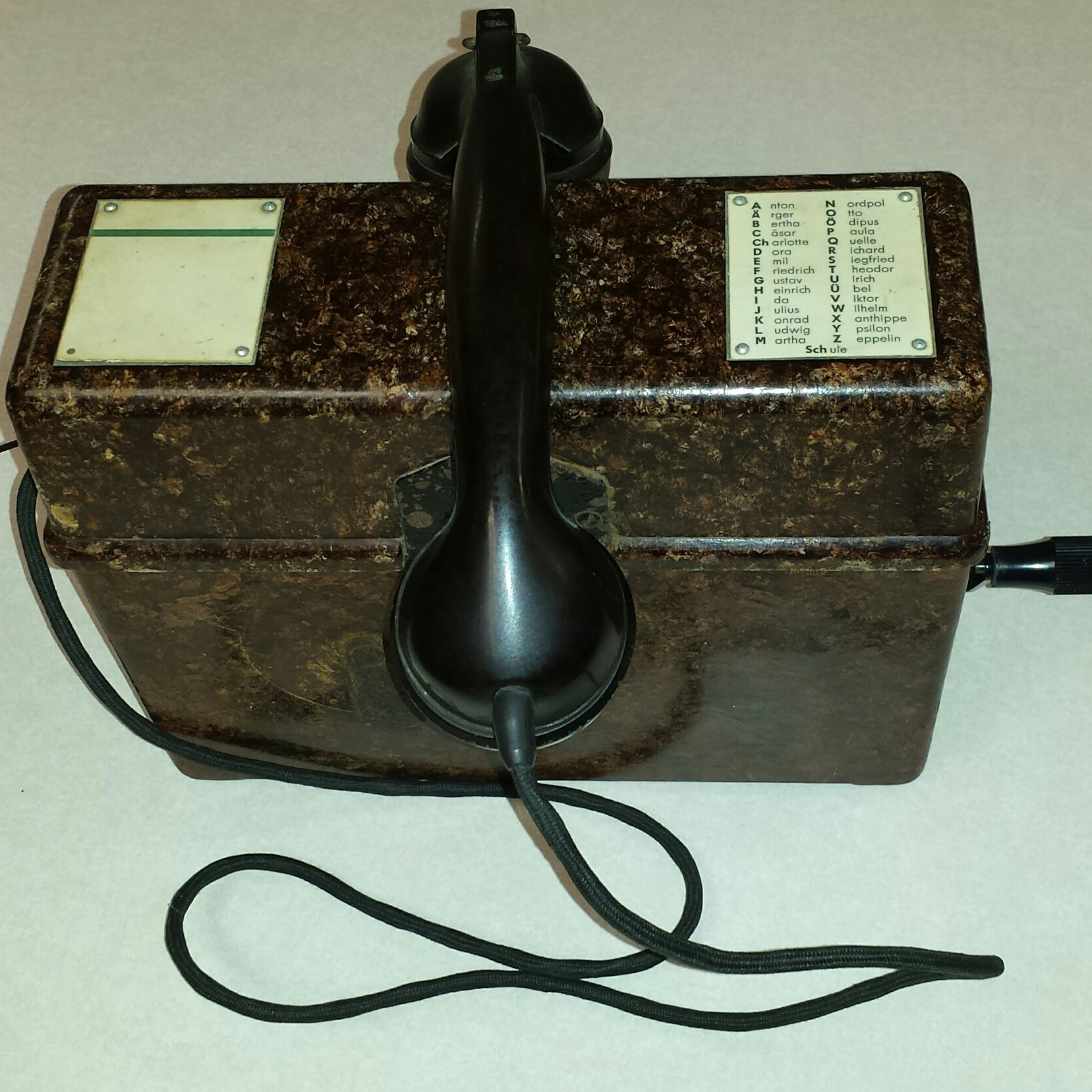The FF33, OB43, and the Tischfernspecher 38 all use the same type of handset. The FF33 and Tischfernsprecher 38 handset cords have a plug with either 5 pins or 4. The two end pins are connected to the push-to-talk button and the microphone capsule. The handset of the OB43 is hard-wired into the telephone, so there is no plug. In all three telephones, the microphone capsule is powered by the 1.5 volt T30 cell (element) when the handset button is pressed.
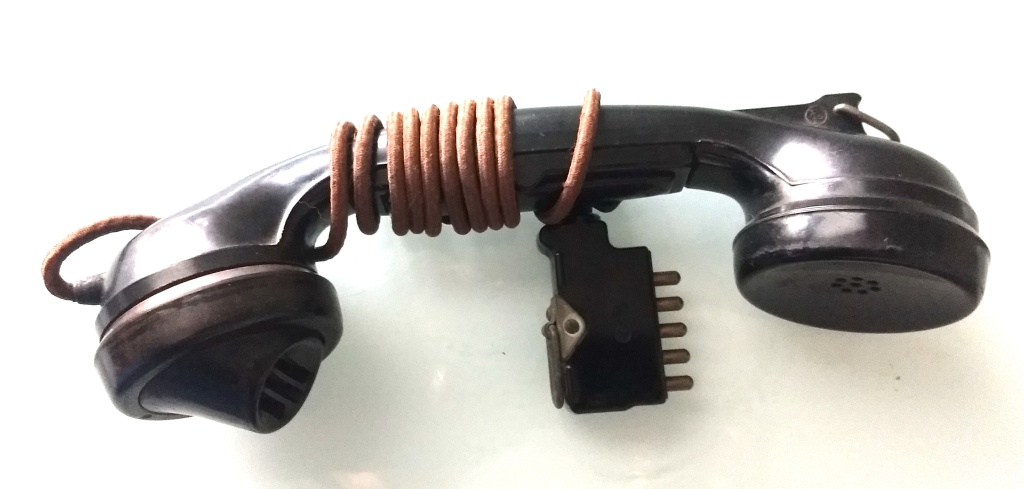
Why 1.5 volts? Well, when the field phones were designed, it was believed that the low voltage would extend the life of the microphone capsule. The lifespan of the capsule was figured to be about 10 years. Remarkably, some of my field telephones are over 80 years old, and the microphone capsules still work!
To access the capsule, remove the mouthpiece cover on the handset. Original microphone capsules usually have a green “X” painted on the front. They are 1.860 inches in diameter and have a thickness of 0.810 inches.

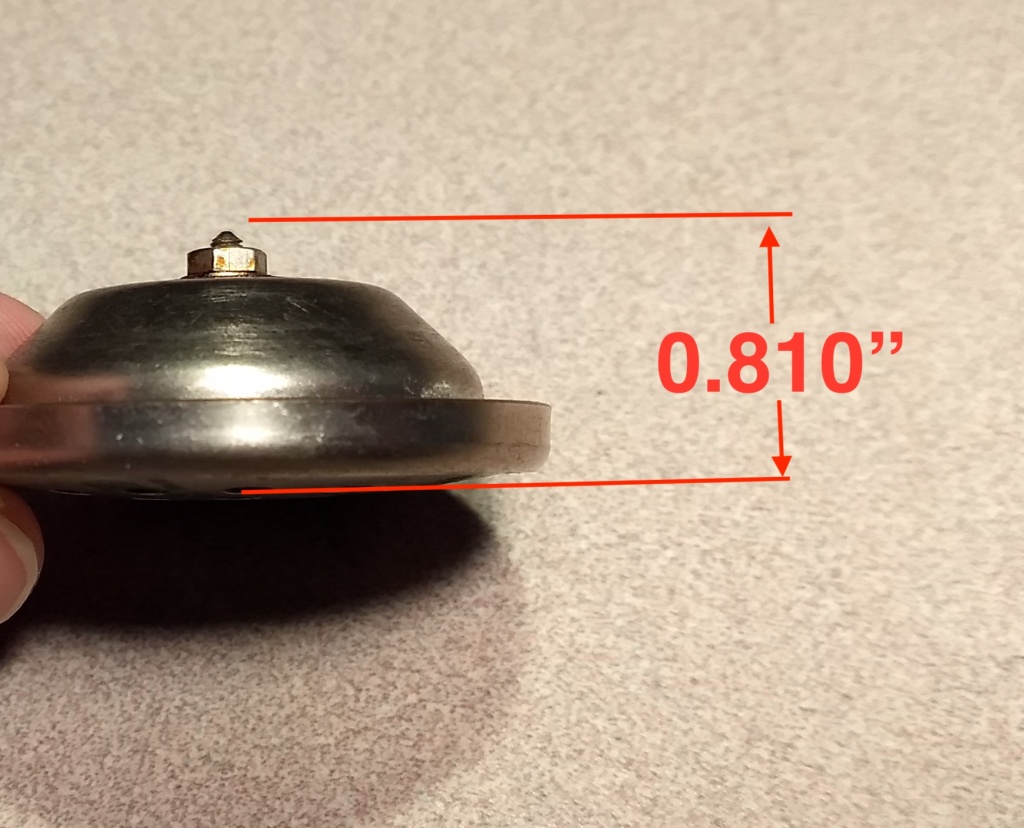
How do the microphone capsules work? Each capsule is filled with carbon powder. The powder is covered by a thin foil diaphragm. Sound waves hit the diaphragm and compress the powder. This makes variable electric current that is powered by the 1.5 volt cell. The modulating current is converted to sound waves by the an electro-magnet in the earpiece (fernhörer) of the handset.

Many reenactors power their field phones with 6, 9, or 12 volt cells. While this works in the short term, the long term effect will be an accelerated degradation of the carbon powder in the microphone capsule. Use 1.5 volts!
A field telephone’s microphone capsule may have really low sound volume or stop working altogether. This is sometimes remedied by removing the capsule and tapping it on a wooden table top. This breaks up clumps that might have formed in the powder. Another possible remedy is to ring the phone for three or four seconds. This is done by turning the crank on the magneto of phone connected to the defective phone.
Sometimes a microphone capsule is at the end of its life and it can’t be revived. It must be replaced. Because WW2 German field telephones were deigned to operate on low 1.5 volts, this can pose a problem. Vintage civilian telephones used carbon powder microphone capsules of the same dimensions, but they won’t work on WW2 German field telephones. This is because the civilian phones operated on a much higher voltage which was generated by a central office.
Another alternative is to use a carbon powder microphone capsule from a post war field telephone. Czech TP25 and Bundeswehr FF54 field telephones have microphone capsules that will fit in a WW2 German field telephone handset. The TP25, manufactured by Tesla in the 1950s and ’60s, was designed to operate on the same 1.5 volt T30 cell. The FF54 was designed to operate on 3 volts, but the microphone capsule will work just fine at the lower voltage.
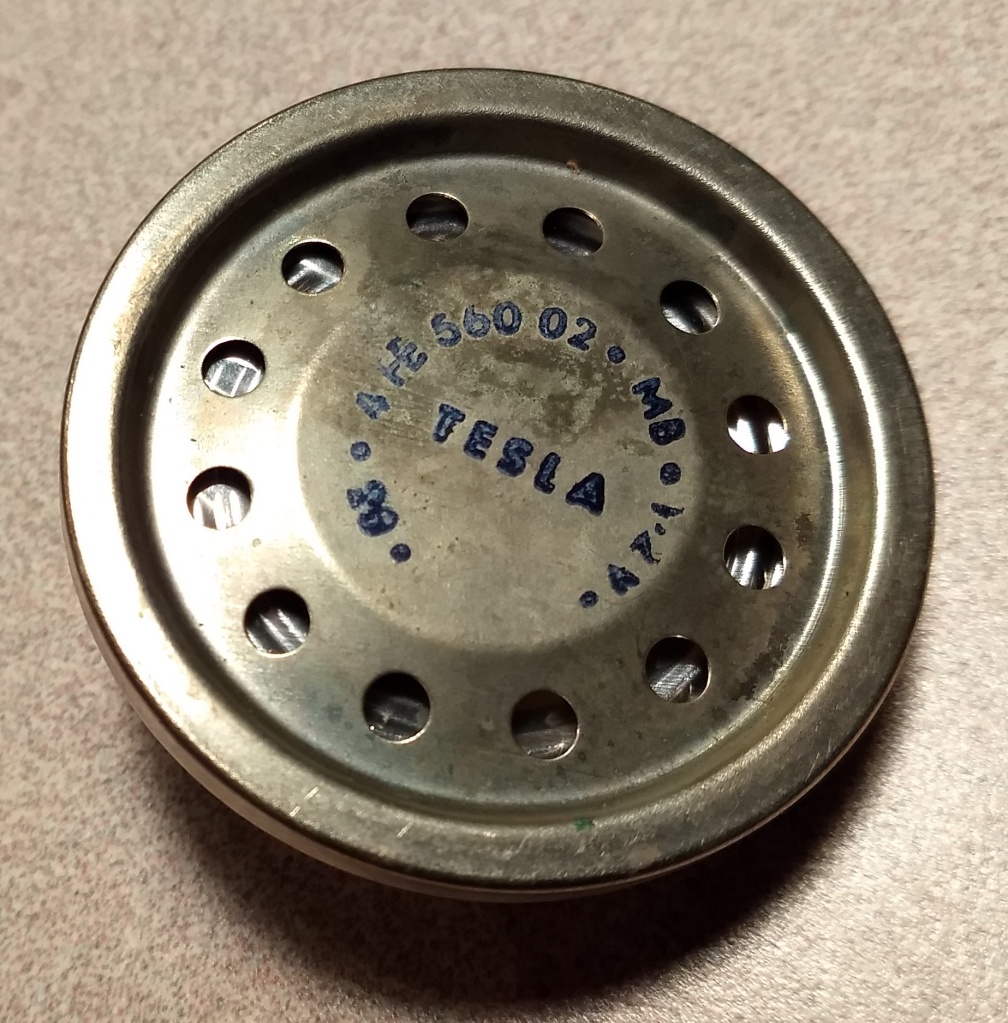
What about transistorized microphone capsules? There are some transistorized capsules available in the EU to get antique civilian phones working again. But, these wont work on 1.5 volts. Even capsules touted to work on as little as 3 volts, wont do the job with two “D” cells in series. Right now, I am working on a transistor circuit that will fit in a 1.86 x 0.81 capsule and will work on 1.5 or 3 volts.
Check out my new book on WW2 German field telephone equipment…https://www.lulu.com/en/us/shop/rotwang-manteuffel/world-war-2-german-field-telephone-equipment-a-basic-guide-for-reenactors-and-historians/paperback/product-976w9q.html?page=1&pageSize=4
